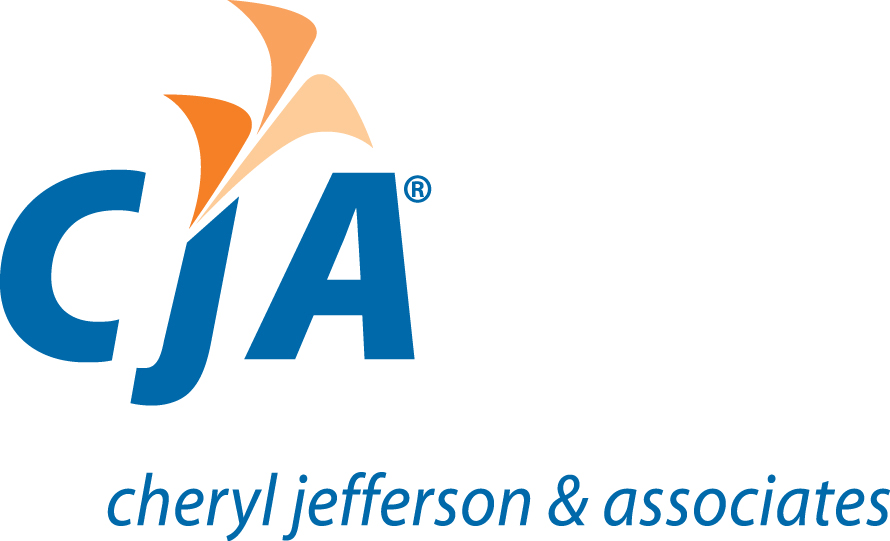Where Does My QuickBooks Data Go?
Do you really know how your QuickBooks data entry processes affect your financial information and reports? QuickBooks transactions are not static images. The correct set up of the customer names, service items, and payroll items drives the movement of the company’s transactions into the financial reports. Would you like to be in the know about where your entries go?
Customer List: Aged Accounts Receivable and Profit and Loss by Job reports
For every customer in the list, there may be multiple jobs. Time worked by employees and subcontractors, Travel and ODC costs expensed, and customer invoices created, should all be tagged to the specific job. A/R Aging Summary will display by customer name, but a quick mouse click on the balance will bring up the details by job.
Use the Reports menu in the EDIT>Preferences section to determine how your report will calculate the age of an overdue accounts receivable. The terms are selected from a drop down list on the invoice screen.
Tagging the job name for all direct costs will provide detailed data on the Profit and Loss by Job report and roll jobs into a total by customer column.
Service Items List: Revenue Accounts, Direct/Project Cost Accounts, and Profit and Loss by Item report
Job costing is easy if you remember that direct/project cost activities should always be linked to the service item. While clients usually remember to tag the customer job name when recording transactions, omitting the selection of the service item in favor of recording straight to the ledger account causes invoicing transactions to post incorrectly to an expense account. When recording expenses via a vendor bill, check, or credit card screen, direct/job costs should be placed on the ITEMS tab of those input screens. Indirect and other non-project related costs may be placed on the EXPENSES tab since no customer/job is to be tagged for such things as office supplies or subscriptions.
When invoicing the customer for recovery of allowed direct/project costs, again select the travel, meals, or ODC item from the ITEMS list. The service items have already been set up so they will post as revenue and not as an offset in the direct/project expense accounts.
Use the Item Profitability report as a tool for good internal control. Detail profitability reports can be sorted various ways by job name or memo description and expenses incurred are matched against amounts billed to the customer.
Payroll Items List: Payroll Summary Reports and Payroll Reconciling
Careful set up of payroll items means more than just coding paychecks into categories of wages or taxes. The coding of item type and tax tracking attributes are needed to segregate taxable compensation, non-taxable additions like expense reimbursements, and voluntary deductions such as medical insurance premiums, tax reducing 401K contributions. Payroll Summary reports should be run by the client every pay cycle and compared to the reported data from the payroll company. Understanding the QuickBooks payroll summary report and the paying attention to item coding errors at the time the payroll is run will go a long way towards the elimination of reconciling problems encountered by your Accountant when preparing documentation for the company financial statements.
As always, be sure to contact us for any accounting needs you and your company may have!
